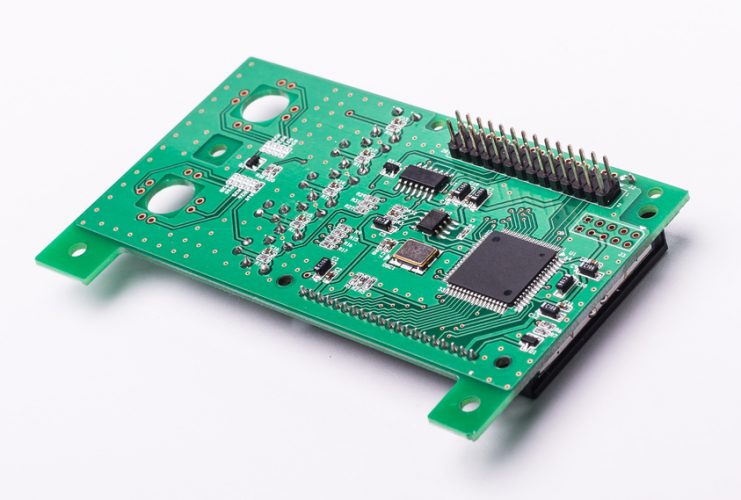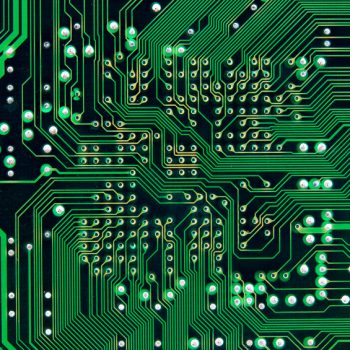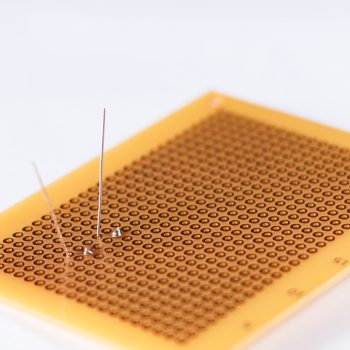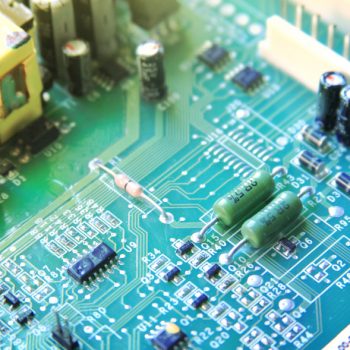In our previous post, we explained some common definitions that are used in the manufacturing of prototype printed circuit boards. Here we continue our list:
Glass transition temperature: this is the temperature at which an amorphous polymer changes from a hard and brittle condition to a rubbery consistency. When this transition happens, many changes occur to the physical properties of the prototype PCBs, including hardness, brittleness, coefficiency of thermal expansion, and/or specific heat.
Ground plane: A conductor layer, which is used mainly as a reference point for circuit returns, shielding, or heat sinking.
Hole density: the amount of holes per unit area.
Impedance: the total passive opposition offered to the flow of electrical current. Generally, this term is used to describe high frequency circuit boards.
Jumper wire: an electrical connection formed by a wire between two points on a printed circuit board prototype after the initial conductive pattern is created.
Laminate: the product that is made when two or more layers are bonded together.
Laminate thickness: thickness of the base material before processing, not including metal-clad.
Land: a portion of the conductive pattern used for connection and the attachment of components to the board.
Mask: the material applied to the board that helps adhere the solder.
Measling: a condition where there are small white spots or crosses show up between the surface of the laminate. If this is noticeable, there is a separation of fibers in the glass cloth at the weave intersection.
Minimum Annular Ring: the minimum metal width between the circumference of the hole and the outer circumference of the land.
Outer layer: the top and bottom sides of any prototype PCB.
Pad: the portion of the conductive pattern that is meant for the mounting of components on prototype PCBs.
Pattern: the configuration of the conductive and non-conductive materials on the printed PCBs. This term can also be used on related tools, drawings, and masters.
Schematic Diagram: the drawing that shows all the connections, circuits, components, and functions of the PCB’s electronic circuit.
Trace thickness: a PCB’s trace thickness is measured in ounces of copper. For perspective, many PCB designers use between one and two ounces of copper for traditional boards.
Want to learn more? Contact our professionals at PCB Unlimited today.










